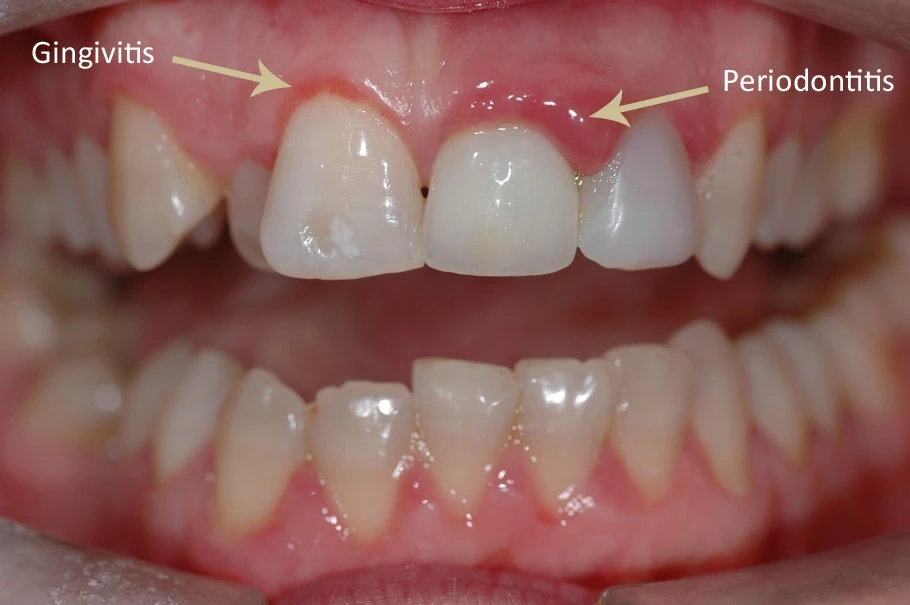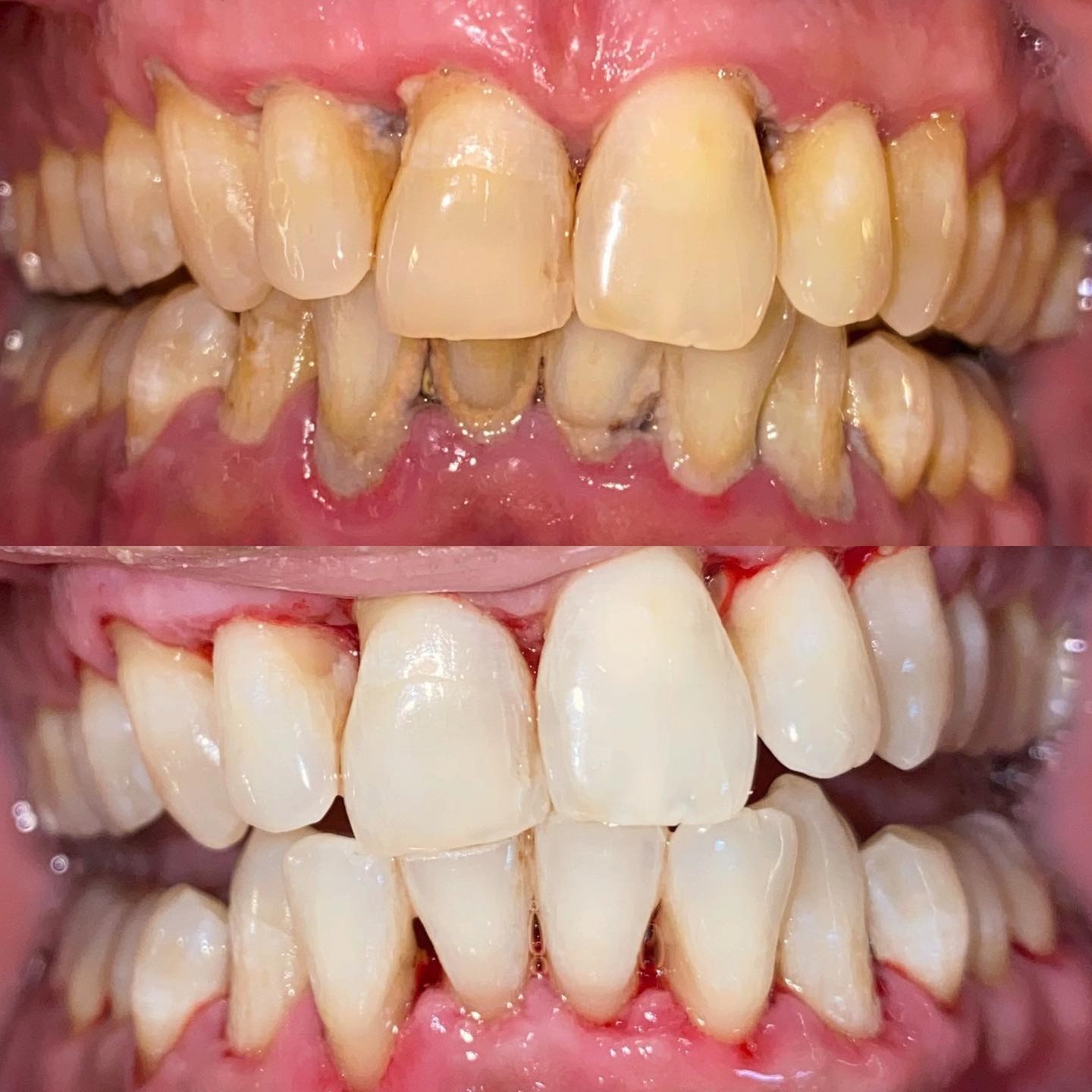Effective Gum Disease Treatments: Your Comprehensive Guide to Gingivitis and Periodontitis Solutions

Gum disease, also known as periodontal disease, is a common yet serious oral health issue that can lead to tooth loss, gum recession, and other complications if left untreated. Whether you are dealing with early-stage gingivitis or more severe periodontitis, it’s essential to understand the various gum disease treatments available today. This guide will cover everything from non-invasive techniques like scaling and root planing to more advanced periodontal disease treatments, helping you make informed decisions about your oral health.
What is Gum Disease?
Gum disease refers to the inflammation and infection of the tissues surrounding and supporting your teeth. It occurs in two primary stages:
- Gingivitis: The early stage of gum disease, characterized by red, swollen, and bleeding gums. At this stage, no irreversible damage to the bone or tissues has occurred.
- Periodontitis: If left untreated, gingivitis can progress to periodontitis, where the inner layer of the gum and bone pull away from the teeth, forming pockets that can become infected. This can lead to bone loss and, eventually, tooth loss.
Understanding these stages is crucial in determining the right gingivitis treatments or periodontitis treatments based on the severity of the condition.

Signs and Symptoms of Gum Disease
Before diving into treatment options, it’s vital to recognize the signs and symptoms of gum disease. These may include:
- Red, swollen gums
- Gums that bleed easily, especially when brushing or flossing
- Persistent bad breath
- Receding gums
- Loose teeth or changes in bite alignment
- Pain while chewing
If you notice any of these symptoms, it’s time to consider your treatment options with a qualified periodontal disease dentist.
Gum Disease Treatment Options
1. Scaling and Root Planing
Scaling and root planing is a common non-surgical procedure used to treat both gingivitis and mild cases of periodontitis. Often referred to as a “deep cleaning,” this procedure removes plaque and tartar from below the gumline, preventing further bacterial infection. The process consists of:
- Scaling: The dentist uses specialized tools to scrape away hardened plaque (calculus) from above and below the gumline.
- Root Planing: This smooths the tooth root to prevent future buildup of bacteria and help the gums reattach to the tooth.
Scaling and root planing are highly effective for early gum disease treatments and can sometimes reverse the effects of gingivitis.

2. Laser Gum Therapy
One of the more modern periodontal disease treatments, laser gum therapy involves using lasers to remove infected gum tissue. This procedure minimizes bleeding and promotes faster healing than traditional surgery. Laser therapy is particularly effective for patients who are anxious about invasive procedures and prefer a more comfortable experience.

3. Antibiotic Therapy
For patients dealing with advanced gum disease, dentists may recommend antibiotic therapy. Antibiotics can be administered in different forms, including:
- Topical gels or mouth rinses applied directly to the infected area
- Oral antibiotics for widespread infection
Antibiotics work to kill the harmful bacteria causing inflammation, making this an essential step in gum treatment.
4. Flap Surgery (Pocket Reduction Surgery)
In cases of advanced periodontitis, non-invasive treatments may not be enough. Flap surgery involves lifting back the gums to remove tartar from deeper pockets. The gums are then stitched back into place, fitting snugly around the teeth, reducing pocket size and preventing bacteria from accumulating again.
This gum disease medical procedure is typically recommended when non-surgical treatments fail to stop the progression of periodontal disease.

5. Bone and Tissue Grafts
Severe periodontitis can lead to significant bone loss, which may require bone grafting to restore stability to the teeth. In this procedure, a dentist or periodontist will use bone (either your own, donated, or synthetic) to promote new bone growth. This is often done in combination with other periodontal disease treatments like flap surgery.
In addition to bone grafts, soft tissue grafts can be used to cover exposed roots and prevent further gum recession. These grafts help reinforce the damaged gum tissue and protect your teeth from sensitivity.
6. Guided Tissue Regeneration
Guided tissue regeneration is another advanced periodontitis treatment that helps regrow lost bone and tissue. During this procedure, a small piece of mesh-like material is inserted between the bone and gum tissue, keeping them apart while the body regenerates new bone tissue.
This treatment is often combined with flap surgery for optimal results and can prevent tooth loss in patients with severe periodontal disease.
At-Home Gum Disease Prevention Tips
While professional gum disease treatments are essential, maintaining good oral hygiene at home is equally important in preventing gingivitis and periodontitis from returning. Here are some steps you can take:
- Brush your teeth twice a day: Use a soft-bristle toothbrush and fluoride toothpaste. Make sure to reach all areas of your mouth, especially along the gumline.
- Floss daily: Flossing helps remove plaque and food particles between your teeth that brushing alone cannot reach.
- Use an antimicrobial mouthwash: A mouthwash can help reduce plaque and bacteria in your mouth, keeping your gums healthy.
- Visit your dentist regularly: Schedule cleanings and check-ups at least twice a year. Early detection of gum disease can save you from more complex periodontal disease treatments down the road.
By following these steps, you can significantly lower your risk of gum disease and maintain optimal gum health.
When to See a Periodontal Disease Dentist
If your gum disease has progressed to periodontitis, it’s crucial to consult with a periodontal disease dentist who specializes in treating advanced gum conditions. Dentists trained in periodontal disease treatments can assess the severity of your condition and recommend the most effective procedures to restore your oral health.
The Cost of Gum Disease Treatment
The cost of gum disease treatments can vary depending on the severity of your condition and the type of treatment needed. Non-invasive options like scaling and root planing tend to be more affordable, while advanced surgeries like flap surgery or bone grafts can be more expensive. Dental insurance may cover a portion of these costs, especially if the treatment is deemed medically necessary.
It’s always a good idea to discuss your financial options with your dental provider before proceeding with treatment.
Conclusion: Choosing the Right Gum Disease Treatment
Whether you’re dealing with the early stages of gingivitis or advanced periodontitis, understanding your treatment options is the first step toward reclaiming your oral health. From non-invasive procedures like scaling and root planing to advanced techniques such as laser therapy and flap surgery, there are multiple gum disease treatments available that cater to your specific needs.
Taking prompt action by visiting a periodontal disease dentist can prevent more serious health complications and restore your confidence in your smile. Remember, early intervention is the key to effective gum treatment and long-term success.
Related Links:









